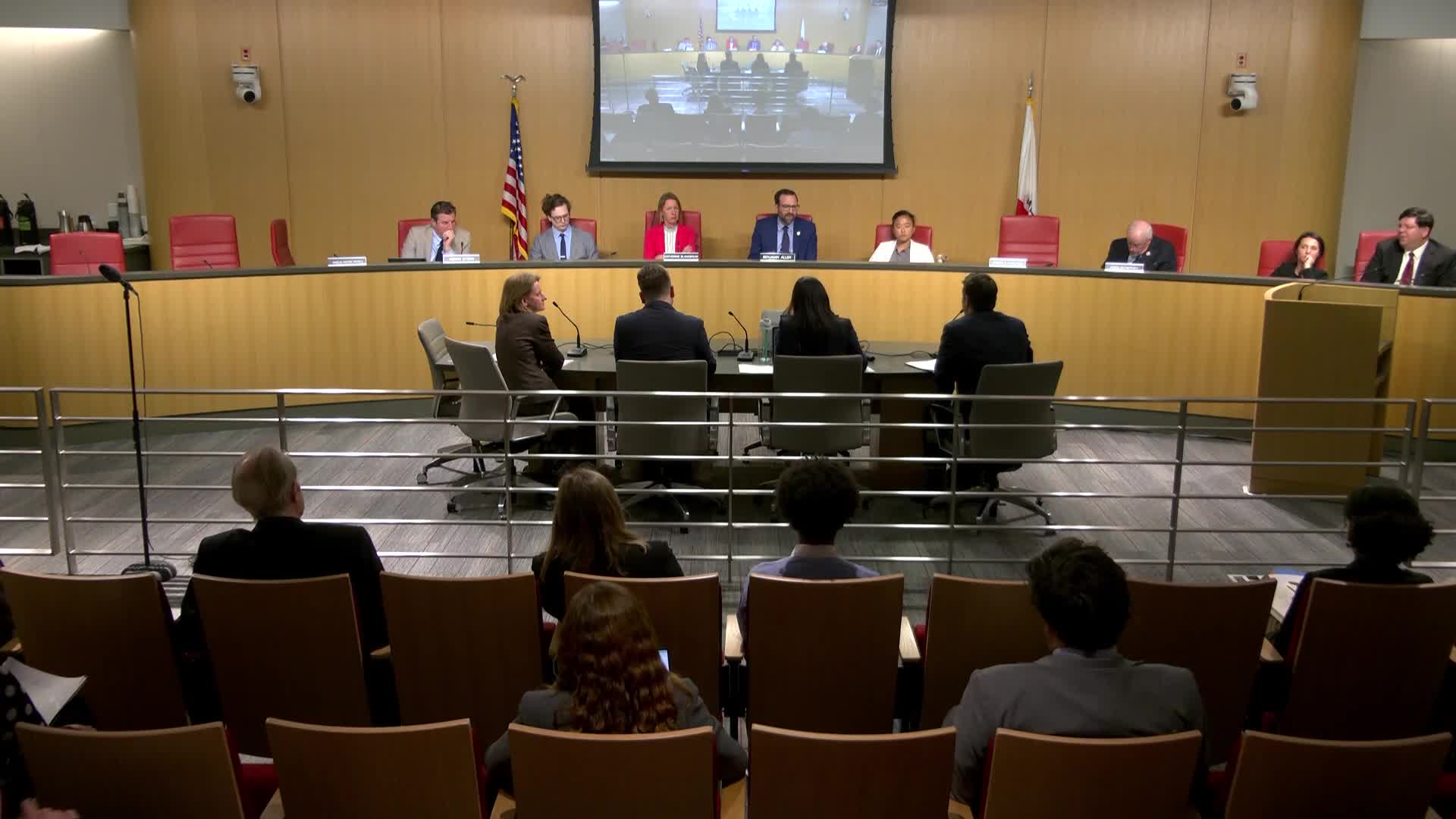California Senate Discusses Energy Affordability and Carbon Market Impacts
May 08, 2025 | California State Senate, Senate, Legislative, California
This article was created by AI summarizing key points discussed. AI makes mistakes, so for full details and context, please refer to the video of the full meeting. Please report any errors so we can fix them. Report an error »

A bold proposal to capitalize a clean energy fund took center stage during the California State Senate's Joint Hearing on Resources, Environmental Protection, and Energy on May 8, 2025. The initiative aims to provide initial risk capital for clean energy projects, particularly in the challenging early phases of development, such as planning and permitting. This funding strategy is designed to attract private investment by demonstrating project viability, ultimately allowing the state to recycle its initial investment into future projects.
Senators and experts discussed the importance of energy affordability, emphasizing the California Climate Credit Rebate Program as a vital tool for returning funds to residents. The program is seen as one of the most effective subsidy mechanisms in the state, particularly for low-income communities disproportionately affected by rising energy costs. Professor Michael Warr from Stanford proposed a more equitable rate design to further support these vulnerable populations.
However, the meeting also highlighted concerns regarding the potential financial impact of extending the cap-and-trade program. A report from the Legislative Analyst's Office (LAO) suggested that families could face an increase of over $700 annually in gas prices if allowances hit the price ceiling. Senators questioned the assumptions behind this projection, clarifying that it presumes a worst-case scenario where allowances reach the maximum price set by regulations.
The discussions underscored the complexities of California's carbon market, with experts noting that changes in the number of allowances could influence market dynamics. While some senators expressed skepticism about the LAO's figures, others pointed out that the overall cap and the total number of allowances are the primary factors affecting carbon prices, rather than the allocation of free allowances to specific sectors.
As California navigates its ambitious climate goals, the outcomes of these discussions could shape the future of energy policy and affordability for millions of residents. The proposed clean energy fund and the ongoing evaluation of the cap-and-trade program will be critical in balancing environmental objectives with economic realities for Californians.
Senators and experts discussed the importance of energy affordability, emphasizing the California Climate Credit Rebate Program as a vital tool for returning funds to residents. The program is seen as one of the most effective subsidy mechanisms in the state, particularly for low-income communities disproportionately affected by rising energy costs. Professor Michael Warr from Stanford proposed a more equitable rate design to further support these vulnerable populations.
However, the meeting also highlighted concerns regarding the potential financial impact of extending the cap-and-trade program. A report from the Legislative Analyst's Office (LAO) suggested that families could face an increase of over $700 annually in gas prices if allowances hit the price ceiling. Senators questioned the assumptions behind this projection, clarifying that it presumes a worst-case scenario where allowances reach the maximum price set by regulations.
The discussions underscored the complexities of California's carbon market, with experts noting that changes in the number of allowances could influence market dynamics. While some senators expressed skepticism about the LAO's figures, others pointed out that the overall cap and the total number of allowances are the primary factors affecting carbon prices, rather than the allocation of free allowances to specific sectors.
As California navigates its ambitious climate goals, the outcomes of these discussions could shape the future of energy policy and affordability for millions of residents. The proposed clean energy fund and the ongoing evaluation of the cap-and-trade program will be critical in balancing environmental objectives with economic realities for Californians.
View full meeting
This article is based on a recent meeting—watch the full video and explore the complete transcript for deeper insights into the discussion.
View full meeting
